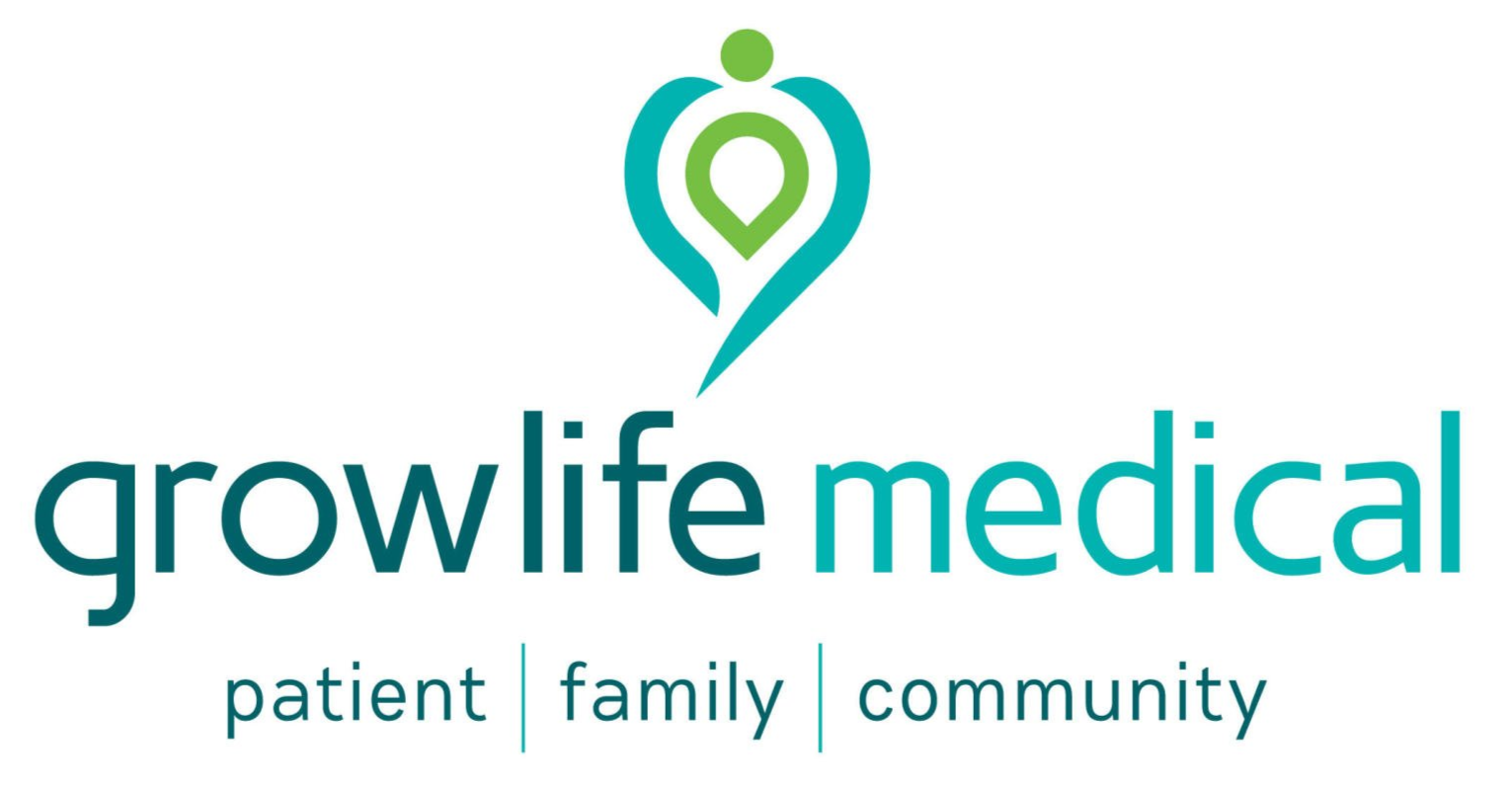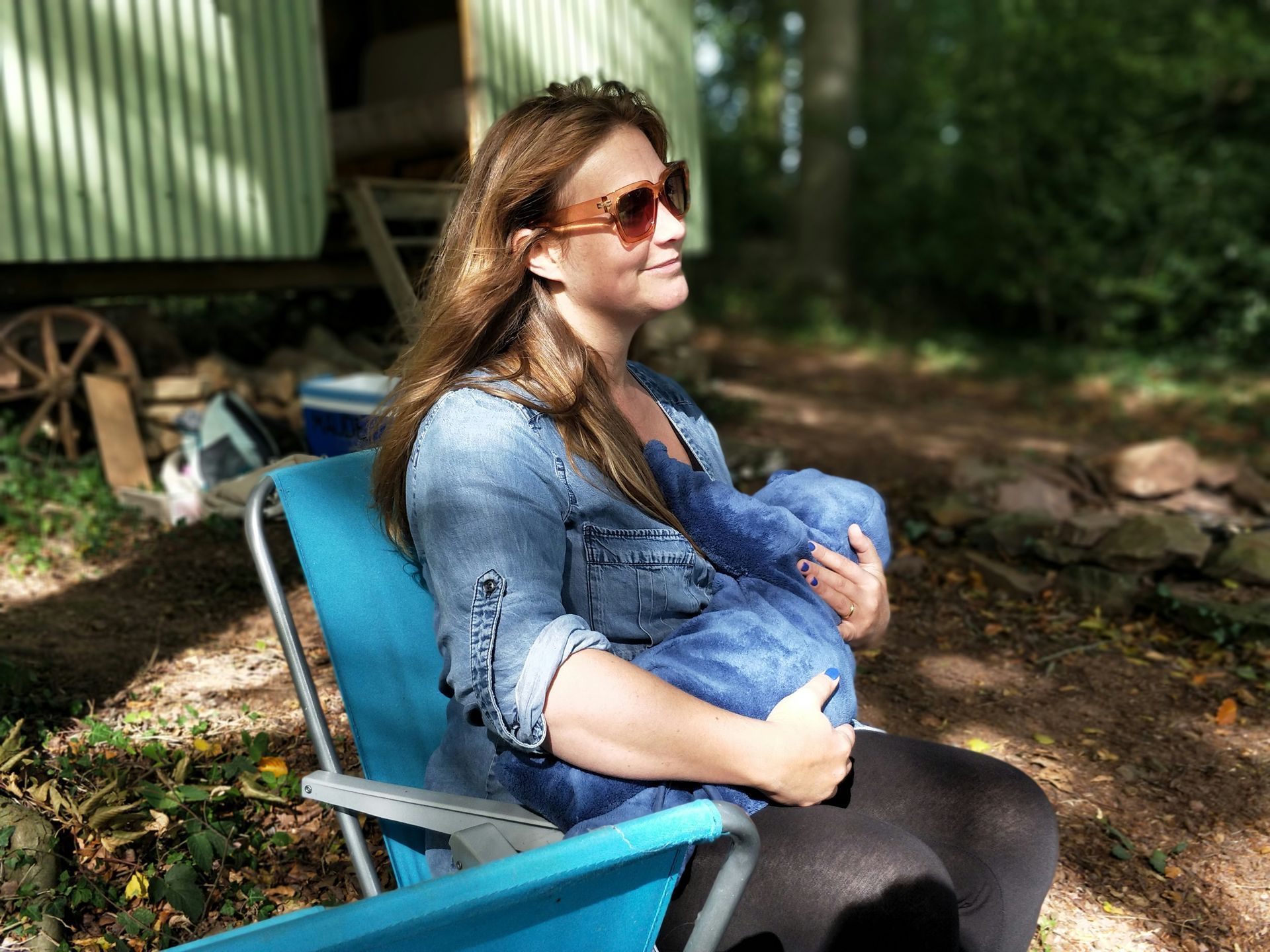Is My Baby Tongue Tied?
Help! I’m having feeding difficulties... is my baby tongue tied?
Many people have not heard of a tongue tie until they have a baby and are experiencing breastfeeding problems such as: difficulty latching, painful feeds, nipple and/or breast infection, long feeds, low milk production, slow weight gain contributing to low mood or increasing anxiety. Thanks to the ability to find out lots of helpful (and sometimes not helpful) information via the internet and social media, many families are concerned that their baby may have this condition.
There are many factors that contribute to these feeding challenges and the baby's tongue movement can be one factor. A baby’s tongue needs to be able to move freely to take the breast and nipple deep into its mouth, create a vacuum and drink the milk effectively until satisfied. A baby’s feeding can be affected by:
- Poor positioning of the baby to the mother's breast causing shallow latching to the nipple only
- Tightness in the muscles, connective tissue (fascia) in the mouth, neck and/or head
- Baby's low energy due to prematurity, sleepy, jaundiced, low birth weight and/or slow weight gain
- Slow or quick milk flow
- and/or the lingual frenulum is short and tight (tongue tie) restricting the tongue’s movement and function

What is a tongue tie?
All babies are born with a fold of tissue (called the lingual frenulum) attaching the underside of the tongue to the floor of the mouth which gives the tongue stability and allows it to move freely. You can sometimes see a “stringy” band when the baby opens their mouth on the underneath of the tongue which is the frenulum.
A tongue tie (or ankyloglossia) is a condition where the frenulum is short and tight and therefore restricts the movement of the tongue that is needed for feeding and can result in early cessation of breastfeeding. It is thought that this condition may affect 3-11% of babies, may run in families and may affect more boys than girls.
What are the signs of a tongue tie in a baby?
- v or heart-shaped tip of tongue
- limited lift of the tip and/or all the tongue
- open mouth posture with the tongue sitting low in the mouth when resting and/or sleeping
- visible short tight frenulum
What are the symptoms of a tongue tie in a baby?
- nipple compression (ridging, flattening) seen when the baby comes off the breast which can sometimes cause nipple pain and/or damage
- limited ability to hold the breast, bottle and finger in its mouth (poor vacuum)
- tiring when feeding, with long pauses, long length of feeds and unsatisfied after feed (breast or bottle)
- short interval between most feeds (ie: feeding every 1-2 hours)
- breasts not softening after a feed, contributing to blocked ducts, mastitis and/or low milk production
- clicking sound when sucking as tongue loses vacuum (not linked to quick milk flow)
- slow weight gain or weight loss
- leaking milk when breast or bottle feeding
Are there different types of tongue ties such as posterior ties?
Around the world, there are many different terms used to describe tongue ties such as: mild, moderate, severe; anterior, posterior, sub-mucosal; type/class I, II, III, IV; with a lack of agreement on these terms based on the current evidence. The important factor to keep in mind is whether the frenulum is short, tight and restricting the movement and function and therefore, tying the tongue and affecting feeding.
What about other oral ties such as upper lip (labial) or cheek (buccal) ties in babies?
The current Australian guidelines advise that surgical treatment is not recommended for upper lip or cheek ties as they do not affect babies feeding.
What about long-term health issues including speech and dental concerns?
There is no current evidence showing that other health issues including speech and dental development are affected by tongue ties in babies. There are also no current studies linking babies tongue ties with predicting future health concerns.
What can I do if I think my baby has a tongue tie?
There has been a large increase in the number of babies being referred for a tongue tie assessment and surgery in the last few years worldwide. Unfortunately, sometimes surgery is performed based on only looking at a baby’s anatomy without a full assessment of the mother and baby addressing the many factors that can affect feeding as well as tongue movement. This can contribute to unnecessary surgical procedures being performed which can lead to possible complications during and/or after the surgery as well as contributing to little or no improvement in the baby’s tongue movements and feeding after the surgery.
We know that it can be very worrying for parents when their baby is having feeding difficulties. Having an experienced and skilled healthcare team working together to support the physical as well as the emotional needs of the mum and baby and to provide evidence-based information is so important. There are many reasons why a mum and baby may be having feeding difficulties and a tongue tie may be just one of them.
This is why we highly recommend seeking support from an experienced International Board Certified Lactation Consultant (IBCLC) or a Speech Pathologist (SP) who will gather a full history and perform a feeding and oral assessment (using a validated diagnostic assessment tool). This allows an individualised and comprehensive anatomical and functional assessment to take place together with the parents to assess if frenulum is restricting the tongue and affecting feeding and therefore is likely to be a tongue tie.
The Lactation Consultants here at Growlife Medical will initially provide a plan usually looking at non-surgical management strategies as the next step to address any concerns with feeding. This can include concerns such as positioning, latching, inefficient feeds, milk production, nipple and/or breast infection and weight gain as well as supporting the parents' mental health and feeding choices.
A review appointment with the Growlife Lactation Consultant will be helpful to see if the tongue movement and feeding has improved with the non-surgical management or not. If there are ongoing concerns with the tongue being tied and affecting feeding, they will discuss options for a procedure to release the tongue tie and what to expect during the procedure and afterwards. Our Lactation Consultants aim to ensure your decision is as informed as possible by discussing the current research as well as directing you to reputable patient information resources and clinical guidelines.
Can musculoskeletal therapy help improve tongue tie?
Feeding difficulties are often experienced after complications during birth. The tongue movement can be affected by the position they were in the womb, such as breech or transverse, as well as the birth process, especially if it was prolonged or very quick or if there was an instrumental delivery such as a vacuum or forceps. The head bones can be misshaped or elongated which can contribute to tension and asymmetry in the head and face. The head bones, face and tongue muscles and connective tissue (called fascia) all connect to the hyoid bone in the baby’s neck which is the only bone in the body not connected to another bone! This bone is connected by muscles and fascia down to the collar bones.
The baby’s tongue can be restricted in its movement by tightness in the any of these areas, contributing to difficulty opening their mouth wide, not able to tilt their head back, holding their head off to one side and not able to keep it in a straight line and therefore affecting their ability to use their tongue optimally to suck. This tension should improve over time as the babies get stronger and bigger and parents can help with lots of tummy time on their chests as well as feeding techniques to help them use their tongue optimally when sucking. If there is a tongue tie, then there is likely to be ongoing feeding concerns and possible tension which is not resolved over time.
There are a few small studies that show that manual interventions (often called manual therapy, bodywork, cranial sacral therapy) can help babies with feeding difficulties but there no current studies showing that these improve feeding difficulties with babies with tongue ties.
How do I know if treatment is needed?
A follow-up appointment with the lactation consultant or speech pathologist is extremely important to review the feeding plan and assess if the tongue function and feeding is improving.
If the non-surgical management has not resolved the concerns, a minor procedure to release the tongue tie (called a frenotomy) may be recommended. The gold standard for releasing tongue ties in babies is with the use of blunt ended surgical scissors by a trained health professional in a medical setting.
Some parents decide to not release the tongue tie either straight away (watch and wait approach) or not at all, and in these cases, it is important to work with the lactation consultant or speech pathologist to find ways to improve the feeding with the restricted tongue, such as nipple shields or bottle feeds.
Are there any risks with the procedure?
The risks and possible complications with a scissor frenotomy are unexpected bleeding, pain, infection, oral aversion, damage to the tongue, sub-mandibular ducts and lingual nerve, reoccurrence, reattachment, scarring and little or no improvement in the tongue movement and feeding.
Who can perform the procedure?
A trained health professional may perform the scissor frenotomy for babies such as a: General Practitioner (GP), Midwife/IBCLC, Paediatrician, Paediatric Surgeon, Paediatric ENT or Paediatric Dentist. Your GP can refer you to your local public hospital (such as the Queensland Children’s Hospital) or you can be referred or self-refer to a private health practitioner.
What will happen during the procedure?
A minor procedure using blunt-ended scissors (called a frenotomy) is recommended for babies if there is a tongue tie affecting the baby’s feeding and non-surgical management has failed. The health professional undertaking the procedure will take a full history to understand what management has already taken place and what are the current symptoms. They will conduct their own assessment to confirm if there is a tongue tie, discuss the risks and benefits of the procedure as well as what to expect during and afterwards and obtain written consent.
The procedure itself involves the baby lying on its back, wrapped securely in a swaddle with a support person (usually another clinician) keeping the baby still. The health professional will lift the tongue with their fingers and will gently divide the tissue with the tip of blunt-ended scissors.
It is normal to expect a drop or two of blood after the surgery and this usually settles very quickly with a little pressure from a gauze swab and then feeding. The baby can be a little unhappy afterwards from being held still and a breast or bottle-feed, along with a cuddle will provide wonderful comfort and the sucking will help to settle any small amount of bleeding. Skin-to-skin cuddles are a great way to provide comfort over the next few days.
Is there any recommended aftercare?
There will be a diamond shaped wound under the tongue which will change to a white/yellow colour after a day or 2 and may be visible for a week or so. There are currently no studies showing any benefits of stretching the wound after the procedure (sometimes called “active wound management”) and there are concerns that these may cause pain, prolonged healing, reattachment, scarring and infection. We do not recommend any stretches of the wound site for this reason.
Frequent feeds can help regular tongue movement and milk intake as well possibly reducing reattachment and forming scar tissue in the few weeks after the surgery, however this is yet to be researched. It is vital to see a Lactation Consultant or Speech Feeding Pathologist in the few weeks after the surgery as the wound is healing to provide ongoing support and ensure any feeding concerns resolve.
Any concerns such as prolonged bleeding, persistent pain, infection, oral aversion (worsening or cessation of feeding) should be addressed to the health practitioner who performed the procedure as soon as possible. Where needed seek urgent medical support at your local hospital emergency department.
What about other methods for tongue tie release?
There are no current studies comparing the use of scissors versus lasers in babies but there are reported concerns with the use of lasers contributing to prolonged pain, bleeding, tissue damage, nerve injury and feeding refusal (oral aversion).
We recommend the use of surgical scissors for frenotomies in babies under 3 months and recommend a referral to the hospital or a private referral to a Paediatric Surgeon, Paediatric ENT specialist or Paediatric Dentist (who uses scissors) for babies older than 3 months or thick and vascular tongue ties or reattachment and scarring concerns.
Tongue Tie assessments and division at Growlife Medical
Booking an appointment:
To make a booking please call our friendly reception team on 3154 2393. If you do not live close to one of our practices but wish to have a discussion around your concerns, feel free to book a telehealth consultation
*It is recommended ideally not to feed the baby for at least an hour before the procedure, bring a swaddle that has the parent's scent on and a bottle of milk if the baby is having any bottle feeds.
If you are concerned that your baby may have a tongue tie and you are having feeding (breast or bottle) difficulties, please reach out to one of our experienced Lactation Consultants (IBCLC’s) for their individualised assessment and support.
Our lactation consultants are experienced and highly skilled practitioners, each coming from different clinical backgrounds, to ensure our patients receive the most appropriate care that is always patient-focused, family-centred and evidence-based.
Dr Sonja Morgan (FRACGP/IBCLC)
- Simple scissor frenotomies for babies under 3 months of age with thin, anterior frenula following a full feeding assessment. This assessment may be done by Dr Morgan or Sam Foster.
- Full breastfeeding, mixed feeding or bottle-feeding assessments and management of related medical complications including infant weight gain and unsettled infants.
- Clinic and telehealth consultations at Highgate Hill.
Sam Foster (Endorsed Midwife/IBCLC)
- Scissor frenotomies for infants under 6 weeks of age with thin, non-vascular lingual frenula following a full feed and oral assessment.
- Full breastfeeding, mixed feeding or bottle-feeding assessments and management of all lactation and infant feeding concerns.
- Sam sees patients at the Fairfield clinic as well as telehealth and phone consultations, as well as home visits within 15kms of the Fairfield clinic.
(*see our website for full details on the
Lactation
Consultant
team).

Where can I find further information:
https://www.growmedical.com.au/infant-feeding-support
https://www.growmedical.com.au/lactation-consultant-service
Children’s Health Queensland:
www.childrens.health.qld.gov.au/fact-sheet-tongue-tie-in-babies/
Australian Breastfeeding Association (ABA):
www.breastfeeding.asn.au/resources/tongue-tie-and-breastfeeding
Breastfeeding Helpline: 1800 686 268 (24 hours / 7 days a week)
The Royal Womens Hospital:
www.thewomens.org.au/health-information/breastfeeding/breastfeeding-problems/tongue-tie
Speech Pathology Australia: www.speechpathologyaustralia.org.au/SPAweb/Resources_for_the_Public/Fact_Sheets/SPAweb/Resources_for_the_Public/Fact_Sheets/Fact_Sheets.aspx?hkey=e0ad33fb-f640-45b1-8a06-11ed2b73f293
Australian Dental Association (ADA):
Academy of Breastfeeding Medicine (ABM)
www.bfmed.org/assets/Anklyloglossia%20position%20statement%202021.pdf
National Insitute for Health and Clinical Excellent (NICE) UK
www.nice.org.uk/guidance/ipg149/informationforpublic
Association of Tongue-Tie Practitioners (ATP)






